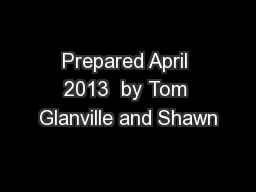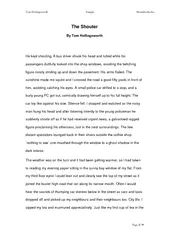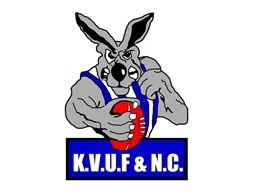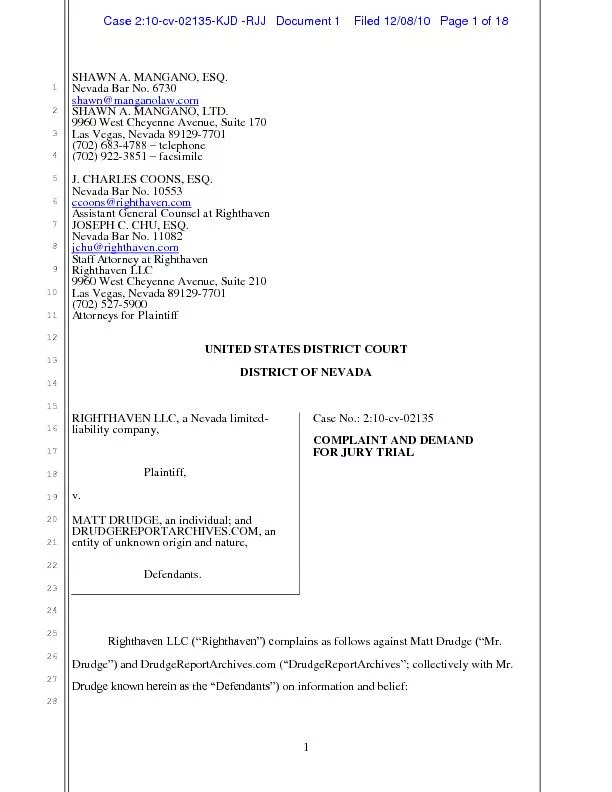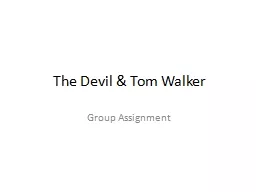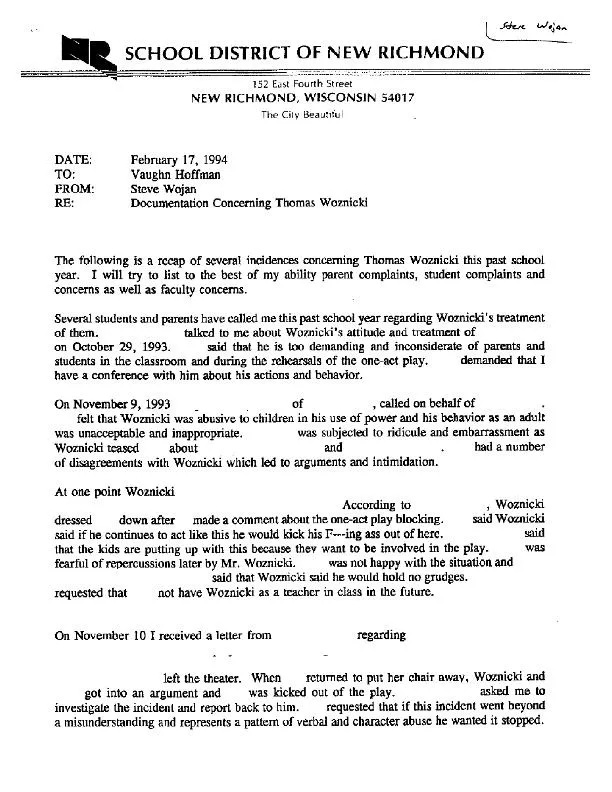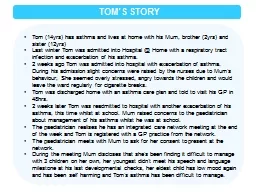PPT-Prepared April 2013 by Tom Glanville and Shawn
Author : phoebe-click | Published Date : 2018-10-31
Shouse ISU Extension Agricultural Engineers Emergency Water Storage for Livestock and Crop Production Drought in Iowa Improving 44 of Iowa remains in severe to
Presentation Embed Code
Download Presentation
Download Presentation The PPT/PDF document "Prepared April 2013 by Tom Glanville an..." is the property of its rightful owner. Permission is granted to download and print the materials on this website for personal, non-commercial use only, and to display it on your personal computer provided you do not modify the materials and that you retain all copyright notices contained in the materials. By downloading content from our website, you accept the terms of this agreement.
Prepared April 2013 by Tom Glanville and Shawn: Transcript
Download Rules Of Document
"Prepared April 2013 by Tom Glanville and Shawn"The content belongs to its owner. You may download and print it for personal use, without modification, and keep all copyright notices. By downloading, you agree to these terms.
Related Documents

